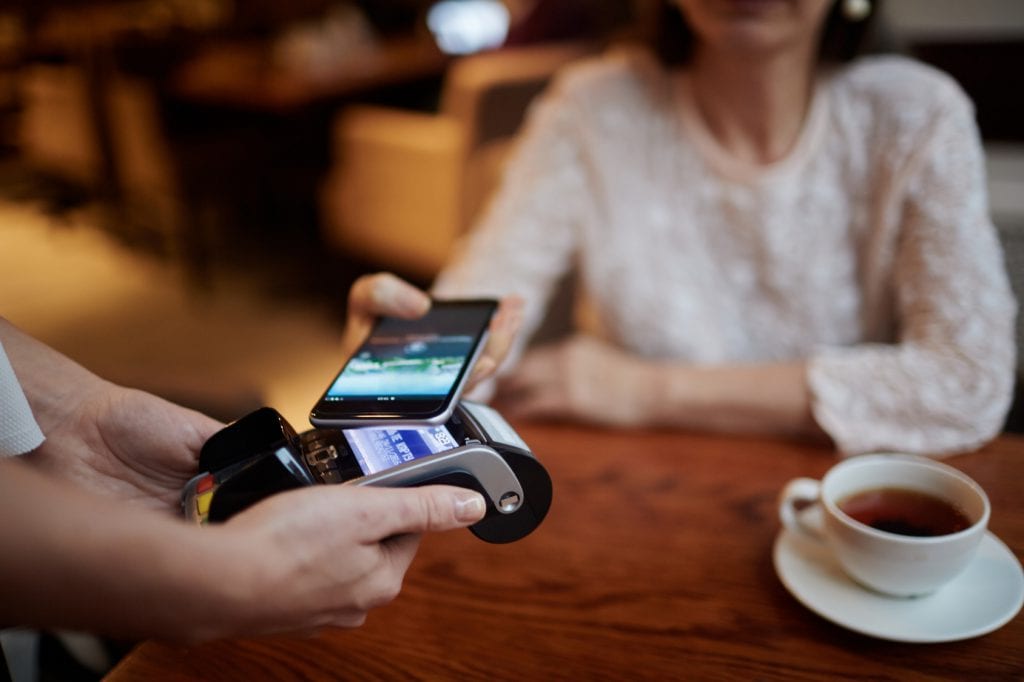Contactless payments’ popularity is undeniable. Of the 3.5 billion payment cards produced annually, about half are now contactless. With new figures highlighting rapid adoption across Europe, contactless cards and payments have even been dubbed the continent’s ‘new normal’ way to pay and continued growth seems inevitable. This is also true in other parts of the world, such as Canada and Australia, where most new cards issued are contactless and the POS infrastructure is well developed. 60% of Australia’s card payments were contactless in 2016 and, according to research by Visa, 52% of Canadians are regular users of contactless cards.
But not everyone’s sold just yet, and a few barriers persist that may cause this adoption to plateau. With the fear of fraud standing at odds with consumers’ love of a swift and seamless payment experience, what can be done to terminate the trepidation?
Tears for fraud fears
Inevitably with any growing payment method, interest from fraudsters soars. Contactless card fraud tipped £5.6m in the UK the first six months of 2017, growing almost 150% from the same period the previous year. And, as payments are authorized offline and processed later, fraudulent payments made on stolen contactless cards can continue to be processed even after a card has been canceled, making it difficult to track and account for.
Context is key here, though. First half 2017 losses equate to about 2.4p in every £100 spent using them. According to UK Finance fraud on contactless represents just 1.9% of overall card fraud.
Even so, the headache for banks and retailers is obvious as the discourse alone makes consumers nervous. Headlines around skimming scams and stolen card spending sprees are rife and aren’t going unnoticed, with 38% of consumers citing security as their primary objection to contactless cards.
‘Safeguard’ spending caps remain problematic too. While they add a level of reassurance that stolen spends are limited, they can be frustrating and prohibitive.
For banks to maximize their investment in contactless card issuance and ease consumer concerns, something needs to change.
Turning the contactless cornerstone
The foundations of contactless cards have been laid, but to continue to drive popularity and fight fraud concerns, it’s time for the industry to take a new approach and supercharge contactless. It’s time to enter biometrics.
The mass adoption of fingerprint sensors in smartphones have made biometrics a widely accepted, consumer-friendly answer to security. Integrating this technology into contactless payments cards can bring trust to contactless payments without compromising on convenience.
Consumers get the immediate and tangible benefit of increased security, while banks make savings on fraud and capitalize on these consumer pulls to attract new, and reassuring existing, customers. Adding strong authentication to contactless can also give banks and retailers the confidence needed to lift that pesky spending cap. More faith in contactless means increased throughput and faster checkouts. Meaning more spending, happier customers, and a more seamless payment experience.
To find out more about the market demand for biometric payment cards and their potential to transform contactless cards, download our eBook here.
